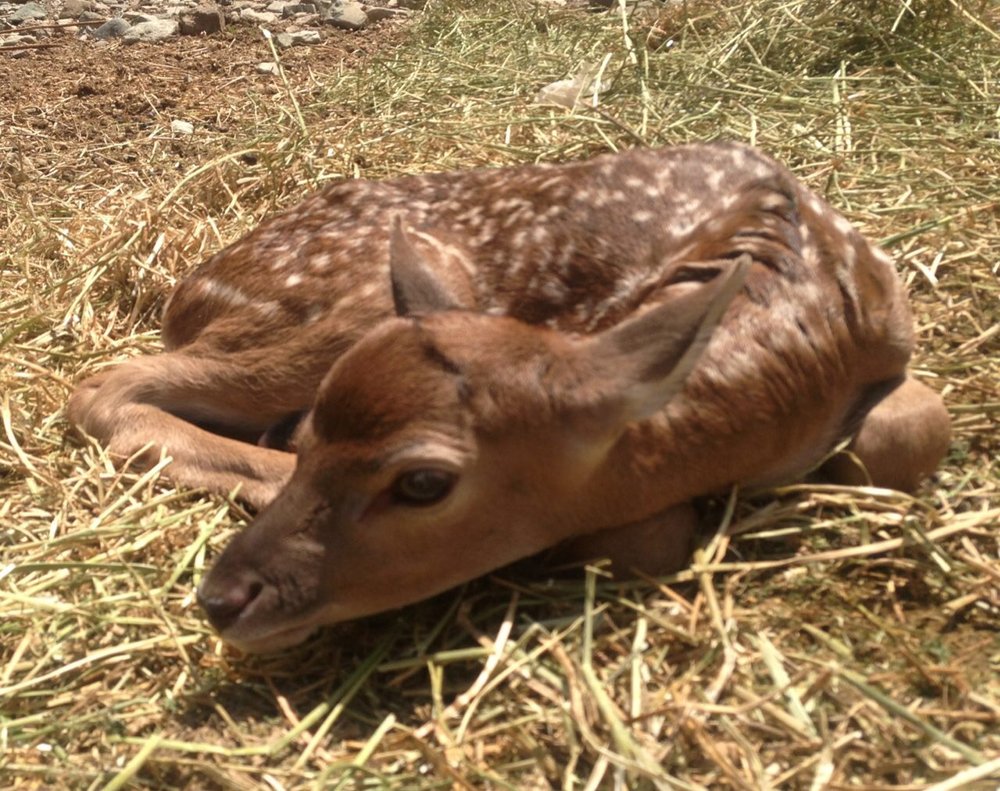Predominant hub of wildlife rehabilitation center in Tehran

Conservationists apply numerous ways to protect wildlife heritage and wildlife rehabilitation centers are one of these options.
By Farnaz Heidari, M.Sc. of Environmental Science Engineering
Conservationists apply numerous ways to protect wildlife heritage and wildlife rehabilitation centers are one of these options.
Wildlife rehabilitation centers provide unique insights into issues affecting wildlife management such as providing professional care to injured, orphaned, displaced or even distressed wild animals in such a way that they have a chance to survive when returned to their native habitats.
But the story does not always have a happy ending, in some cases it ends tragically. Ending some of animals’ life intentionally is one of these tragic ends.
Euthanasia is the best viable option for some special cases because letting animals go through pain and suffering is not acceptable.
Euthanasia techniques may seem undesirable to those who are unaware of some facts, but in some cases veterinarians are required to form professional judgment for such situations regardless of judgmental and ignorant remarks and act according to science.
Tehran wildlife rehabilitation center, Pardisan Park
As the population of Tehran and other metropolises of Iran grow, the frequency of human-wildlife interactions also increase.
Trained, informed and wildlife conscious specialists can certainly provide best services for endangered and vulnerable species. Experts of wildlife rehabilitation centers in Pardisan Park now help to protect both wild animals and the people who come into contact with them, as well as adding to overall knowledge and understanding of species that live as our wild neighbors.
Baby season comes along
Wildlife rehabilitation center of Tehran now is prepping for newborn season. Spring called ‘baby season’ at wildlife rehabilitation centers. Wildlife newborns are on their way and soon rehabilitators of Pardisan Park will reach their peak of animal intake.
Due to proficiency of Dr. Iman Me’marian, chief veterinarian of Pardisan Rehabilitation Center, and also his close cooperation with Veterinary Medicine Faculty of Tehran, this center has a best chance for caring infant wildlife.
On April 21, Pardisan Rehabilitation Center opened hands for a specific newborn: Calf of Persian fallow deer or Dama mesopotamica which is evaluated as endangered species by International Union for Conservation of Nature and Natural Resources (IUCN).
The chief veterinarian of Pardisan Rehabilitation Center explained that endangered animals breeding is always critical for rehabilitation centers around the world.
“We have to study the natural habits of endangered animals to breed them successfully,” he added.
“While protecting and managing rare or endangered species, it is vital to have a firm grasp of the ecology of the species, its distinctive characteristics which is called natural history, and particularly their dynamic processes that affect their health,” he said.
Dr. Me’marian also added sometimes females need to observe breeding and infant care when they are young, so that they can behave naturally when they become adults.
“Our Persian fallow deer which is called ‘Navid’ [literally meaning promise] among my colleagues is a great miracle for us because the situation of Persian fallow deer is really unique not just in Iran but also in the whole world,” he noted.
Why Pardisan newborn is a miracle?
The range of Persian fallow deer or Dama mesopotamica once extended eastward from Mediterranean coast including northeast Africa through Mesopotamia and southern Turkey to western and southwestern Iran.
This shy and secretive creature then seemed to disappear and was all but forgotten about, until it was rediscovered in 1875 in the riverine forests of Khuzestan. Several live specimen were sent to the London Zoo and later to Woburn Park but none survived.
It occurred to conservationists that the species was extinct. Till 1957, when two population found along the Karkheh and Dez River, Khuzestan province. Since then, Department of Environment (DoE) started the project of Reproduction in Captivity.
It was a great success at first for Iran but the situation changed after many years. Now it seems that the project of Persian fallow deer reproduction has no goal because different populations are just being introduced from one cage to another cage and there is no plan for their reintroduction to natural habitats.
“Persian fallow deer is our magnificent heritage; it is true that newborns are so important but the most important thing is planning for their future,” Dr. Me’marian highlighted.
He went on to say that “without a specific plan for future, we are not able to effectively maintain existing populations, so it is vital to develop alternative management options that can support safe reintroduction to natural habitats.”

Leave a Comment